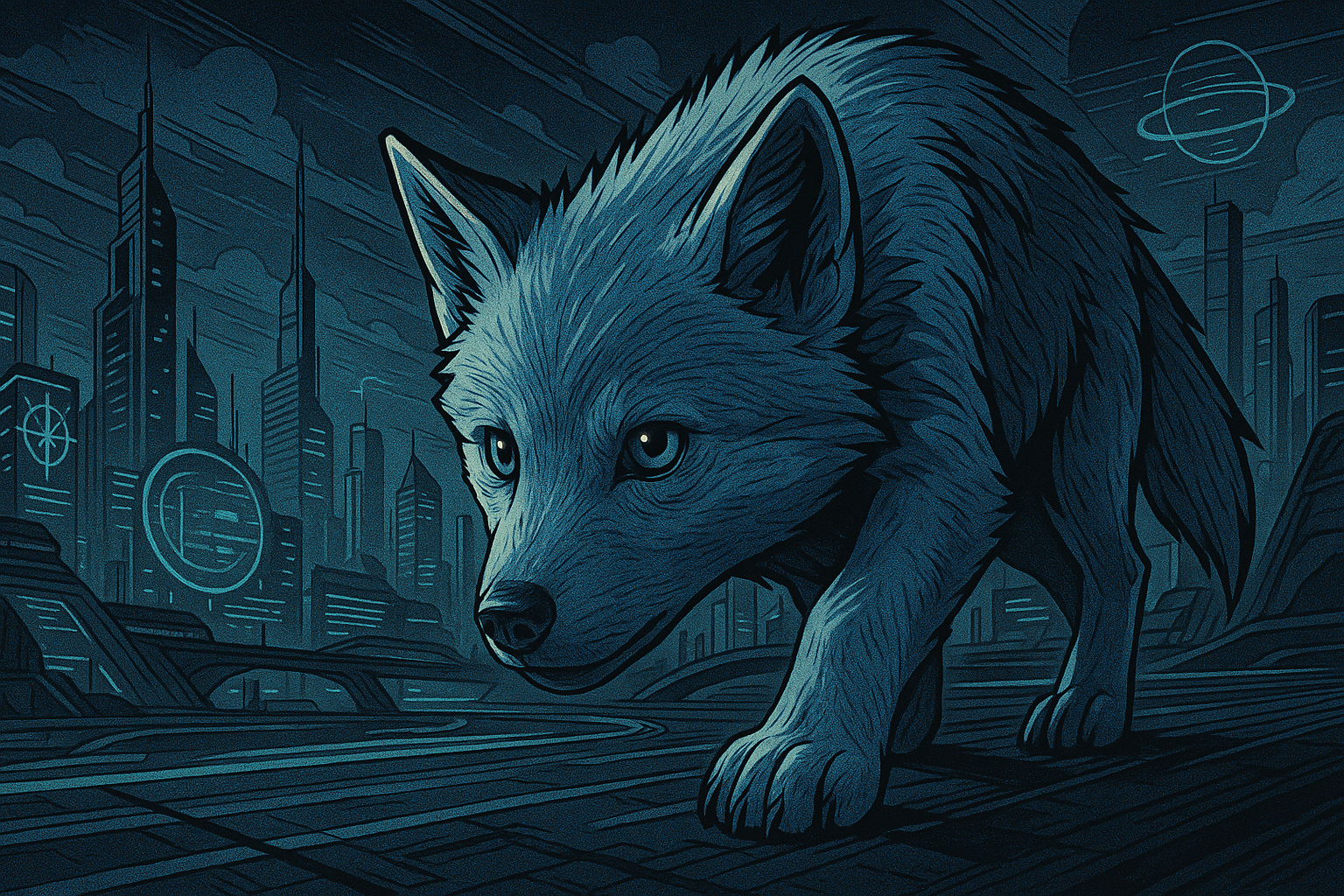Colossal Biosciences has been grabbing headlines with claims of bringing the long-extinct dire wolf back from the dead. But how responsible is the company’s vision of “commercial evolution?” From the Future of Being Human Substack.
In 2018 I wrote about “resurrection biology” in the book Films from the Future, and the rising interest in using preserved DNA to bring back extinct species.
This was well before the launch of Colossal Biosciences in 2021. But the company, founded by entrepreneur Ben Lamm and Harvard geneticist George Church, was a direct-line outgrowth of the science and technology I was writing about back then.
And what an outgrowth it’s been.
Colossal Biosciences is now one of the fastest growing biotech startups around, with a reported valuation earlier this year of $10.2 billion. And over the last few weeks it’s been raking the headlines in — first with news of a genetically engineered “wooly mouse” (part of the company’s research into recreating the wooly mammoth), and this past few days with the widely reported announcement of the “rebirth of the once extinct dire wolf.”
The rebirthing story is a bit of a misnomer as Colossal used targeted editing of a handful of gray wolf genes to mimic physical features of the long-extinct dire wolf — albeit using DNA sequences extracted from fossilized remains. The result was a trio of pups that show some of the defining traits of dire wolves — including size and musculature, hair color, texture, length, and coat patterning. But they are, at best, genetically altered gray wolves that looks something like a dire wolf might have.
Nevertheless, the scientific feat of precision gene editing that Colossal scientists pulled off is impressive, and one that underpins the company’s ambitions to save the world through “thoughtful disruptive conservation” — as well as make a lot of money along the way.
Colossal Biosciences calls its approach “commercial evolution” — a concept central to its business model. But behind the phrase lies a broader vision and a set of capabilities that raise serious ethical and scientific questions.
And this is where the chapter on “resurrection biology” in Films from the Future comes in.
Not surprisingly — given that the book uses science fiction movies as jumping-off points to explore emerging technologies and their responsible development — the chapter riffs on Spielberg’s 1993 film Jurassic Park.
This is, of course, a classic cautionary tale about genetic engineering gone wrong. But beneath the Hollywood storytelling, it’s also a surprisingly nuanced film. And even though it’s now over 30 years old, many of the questions it raises feel even more relevant today than when it was made.
Because of its relevance to Colossal’s current work, I’ve included the full chapter below (spoilers included — just a heads-up). But before we get there, it’s worth reflecting a bit on the company’s ambitions: not just to “fix” extinction, but to reshape the world in a whole raft of other ways through the science and technology it develops.
A colossal company for colossal challenges
Colossal Biosciences is not a shy and retiring company. The vision of its founders and scientists is audacious — and is reflected through the world-changing ambitions that weave through the company’s hyper-slick website. This is a company that is setting out to to fundamentally change the future by taking a radical approach to conservation.
Take this statement for instance:
“For the first time in the history of humankind, we are in control of a science with the power to reverse and prevent biodiversity loss on a large scale. We can heal a hurting planet. We can protect the species living on it. We can ethically decipher and protect genetic codes. And we can begin to turn the clock back to a time when Earth lived and breathed more cleanly and naturally.
“This is not an option for us. It is an obligation known as thoughtful disruptive conservation.”
This is a company that’s investing in conservation futures through re-imagining biology — and deciding that it’s time that smart humans to step up to the plate and show nature a thing or two …
